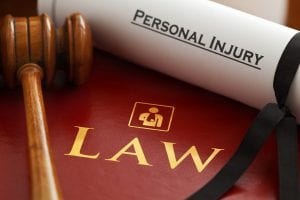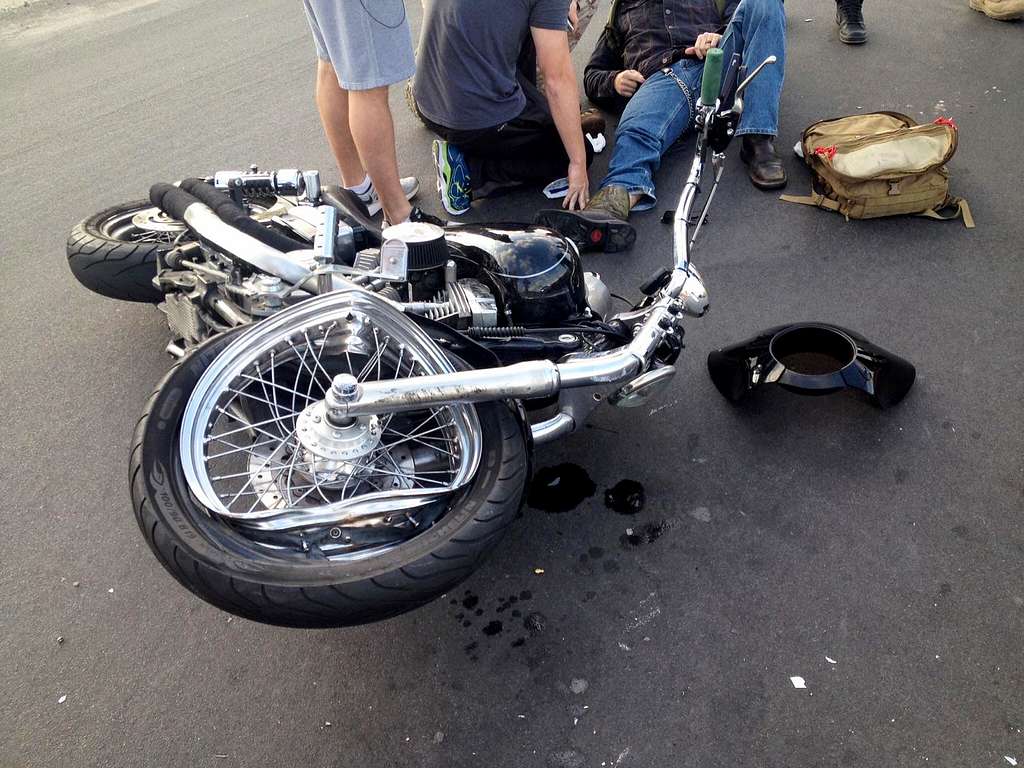If your phone isn’t destroyed, use it to take photos of the crash site, including your motorcycle, other vehicles, skid marks, road conditions, and abnormalities, as well as street signs and the immediate surroundings.
Motorcyclists are among the most vulnerable road users, together with pedestrians and cyclists.
Due to the fact that there’s no external shield that could protect them, at least to a certain extent, motorcyclists are 27 times more likely to die in a traffic accident than car passengers.
No matter how careful you are, car drivers don’t always notice motorcycles and can’t accurately determine their speed, which leads to wrecks.
That’s why it’s essential to be prepared and know what steps to take in case you find yourself involved in a motorcycle accident.
1. Seek Immediate Medical Attention
The first thing to do in the aftermath of a motorcycle accident is making sure to get medical attention.
Provided you’re in the condition to do so, check on everyone involved in the crash and move to a safe area. However, if you have been severely injured, wait for an ambulance on the spot because any attempted movement could only additionally aggravate the injury.
Even if you feel fine and there are no visible injuries, you shouldn’t decline medical care since certain serious injuries can take 24 hours or even longer to manifest.
2. Contact the Police and File a Report
Since there’s rarely a collision with a motorcycle that goes with no injury or damage, after making sure that you and everybody else is safe, call the nearest police department and file a report.
This way, you’ll ensure that authorities will get your testimony and hear your side of the story.
More importantly, the police will also ask the other driver(s) to give their statement, collect the information from all the involved in the accident and witnesses.
With this report, you’ll be to obtain the insurance information from the at-fault driver(s) and vehicle owners whose negligence caused the accident, allowing you to file a claim for damages.
3. Talk to a Personal Injury Attorney

If you have been in an Arizona motorcycle accident, it’s highly recommended you get in touch with a local personal injury attorney before calling your insurance firm.
One of the biggest mistakes is discussing the accident and giving a statement to an auto insurance claims adjuster or an attorney from your insurance company. Their role is to protect the insurance company’s interests by minimizing your injuries or damages, which is why you need your own personal injury attorney who will ensure that you get the right compensation.
Victims frequently have a hard time getting their life back on track after a motorcycle crash, as treatment can be expensive and lengthy. Without your own attorney, it’s easy to succumb to the insurance company’s attempts to ruin your case and trick you into accepting unfavorable compensation.
Also, limit contact with other parties of the accident, since even saying that you’re sorry can be interpreted as an admission of guilt and used against you.
Finally, there are different possible sources of insurance, meaning that you might be eligible for insurance coverage under different policies. For example, besides liability insurance, the driver who hit you might have an additional insurance policy or drive a company vehicle, which opens up additional sources of insurance for you.
A seasoned personal injury attorney will help you with all this and ensure you get the compensation you deserve.
4. Document Crash Details
When you make sure that you and others involved in the accident are safe, it’s essential to record details of your accident.
If your phone isn’t destroyed, use it to take photos of the crash site, including your motorcycle, other vehicles, skid marks, road conditions, and abnormalities, as well as street signs and the immediate surroundings.
Don’t forget to document your injuries, as these photographs, although they aren’t pleasant to look at, can serve as evidence during the claims process.
As for your bike, don’t get rid of it, and make sure to keep it in the exact same condition it was after the crash. It’s an important piece of evidence and can be used for reconstructing the accident and revealing who was at fault.
5. Keep an Accident Journal
Start keeping a post-accident journal right after your accident in order to protect your claim.
Write down everything you remember about the accident, track doctor’s appointments, and document pain levels daily using a 1-10 scale.
Even an insignificant detail might later prove to be crucial to your injury claim.
Staying calm and taking these five steps after a motorcycle accident will help you get the right compensation and return to your normal life as soon as possible.


Join the conversation!